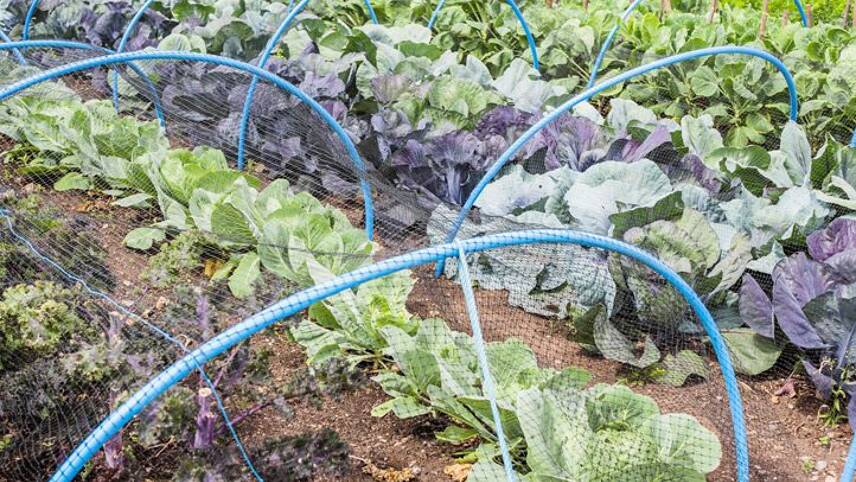Register for free and continue reading
Join our growing army of changemakers and get unlimited access to our premium content

WRAP found that almost 20% of all lettuces grown in the UK went unharvested in 2015
WRAP has expanded the guidance offered under the UK Food Waste Reduction Roadmap to focus on advice and best practice for growers to measure food surplus and waste and act accordingly.
The organisation hopes the guidance will help combat the 3.6 million tonnes of food waste that is either waste or surplus to requirement on farms annually. Food loss at this level could potentially cost the sector £1.2bn – equivalent to 7% of the total food harvest.
WRAP’s director Peter Maddox said: “Measuring food surplus and waste is the first step to tackling the problem, and our guides will show where action is needed on farm – whatever the scale of production or crop type, and whether hand or machine-harvested.
“They are intuitive to use and set out the actions necessary to measure consistently to make comparisons over time, and between growers. I am delighted to have had the involvement of so many influential sector bodies in developing these guides.”
WRAP found that almost 20% of all lettuces grown in the UK went unharvested in 2015, with 38,000 tonnes lost across the sector at a cost of £7m in losses. Wastage varies from grower to grower, with some losing as little as 7% of food grown, while others are seeing up to 47% of production ending up as waste.
In response, WRAP’s Food Waste Reduction Roadmap Grower Guidance includes how-to guides and tools for growers to improve in-field measurements of food production. The guidance was developed with support from Food Waste Reduction Roadmap businesses and the Courtauld 2025 Fresh Produce Working Group.
Food and drink businesses, fresh produce members and farming representative bodies were consulted during the creation of the guidance including the Agriculture and Horticulture Development Board (AHDB), the British Growers Association (BGA), the Fresh Produce Consortium (FPC), LEAF (Linking Environment and Farming) and the National Farmers Union (NFU).
Food waste progress
Progress is being made in this area. The UK’s largest food and drinks manufacturers have collectively reduced their food waste by 30% over the past eight years, on a per capita basis. The Food and Drink Federation reported that its members collectively reduced food waste across their operations by almost one-third (30%) between 2011 and 2019. This is equivalent to 400,000 tonnes. Within this same period, waste from supply chains was also down 13.4%.
According to WRAP, almost half a million tonnes (480,000) less food was wasted in the UK in 2018 than in 2015, representing a 20% reduction in total food waste per person against a 2007 baseline.
This progress is pushing the UK towards one of the aims of the Sustainable Development Goals – namely 12.3 – to halve food waste by 2030. However, WRAP has noted that more needs to be done to reach that ambition and the UK’s climate targets. Landfilled food releases carbon dioxide and other greenhouse gases over time, making it a contributor to climate change. The UK’s own Committee on Climate Change (CCC) recommends that food waste is cut by one-fifth between 2021 and 2050 in order to reach net-zero.
Matt Mace


good to see WRAP making progress on this, but part of the solution must be a collaborative supply chain approach. We’ve had a buyers’ market in fresh produce for too long, and we need to move to a more transparent joint effort to plan supplies and share risk. Grading specs also a key issue, along with better ways to use grade-outs for human food